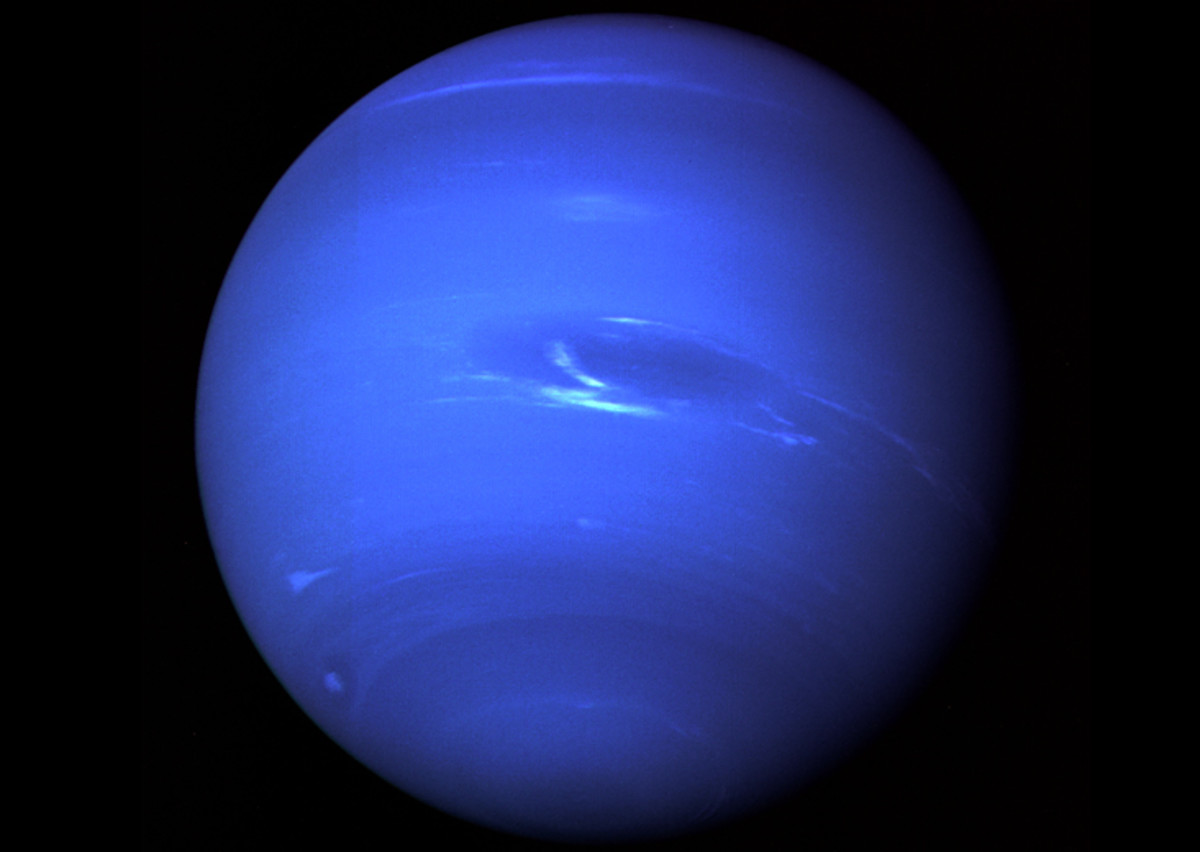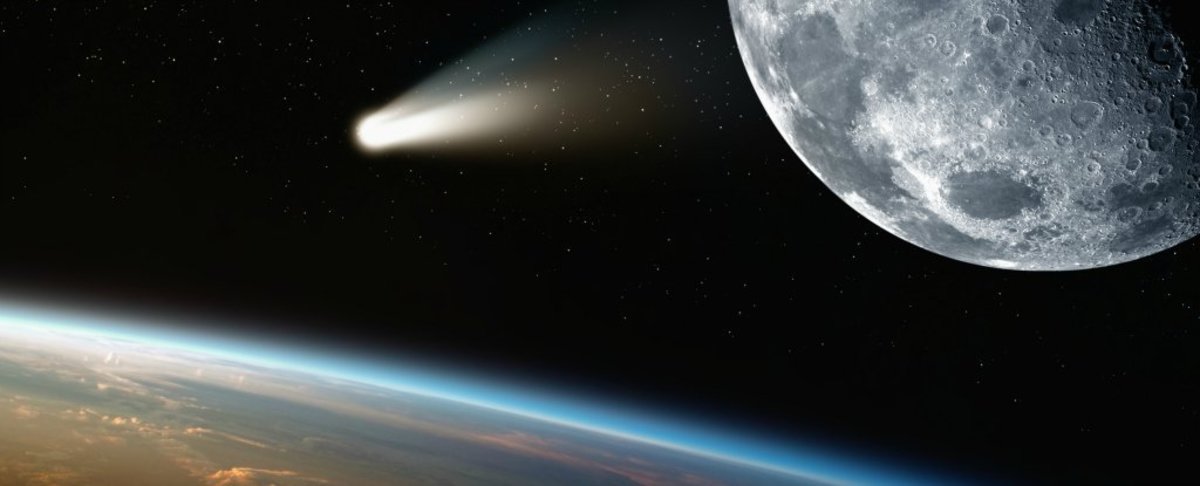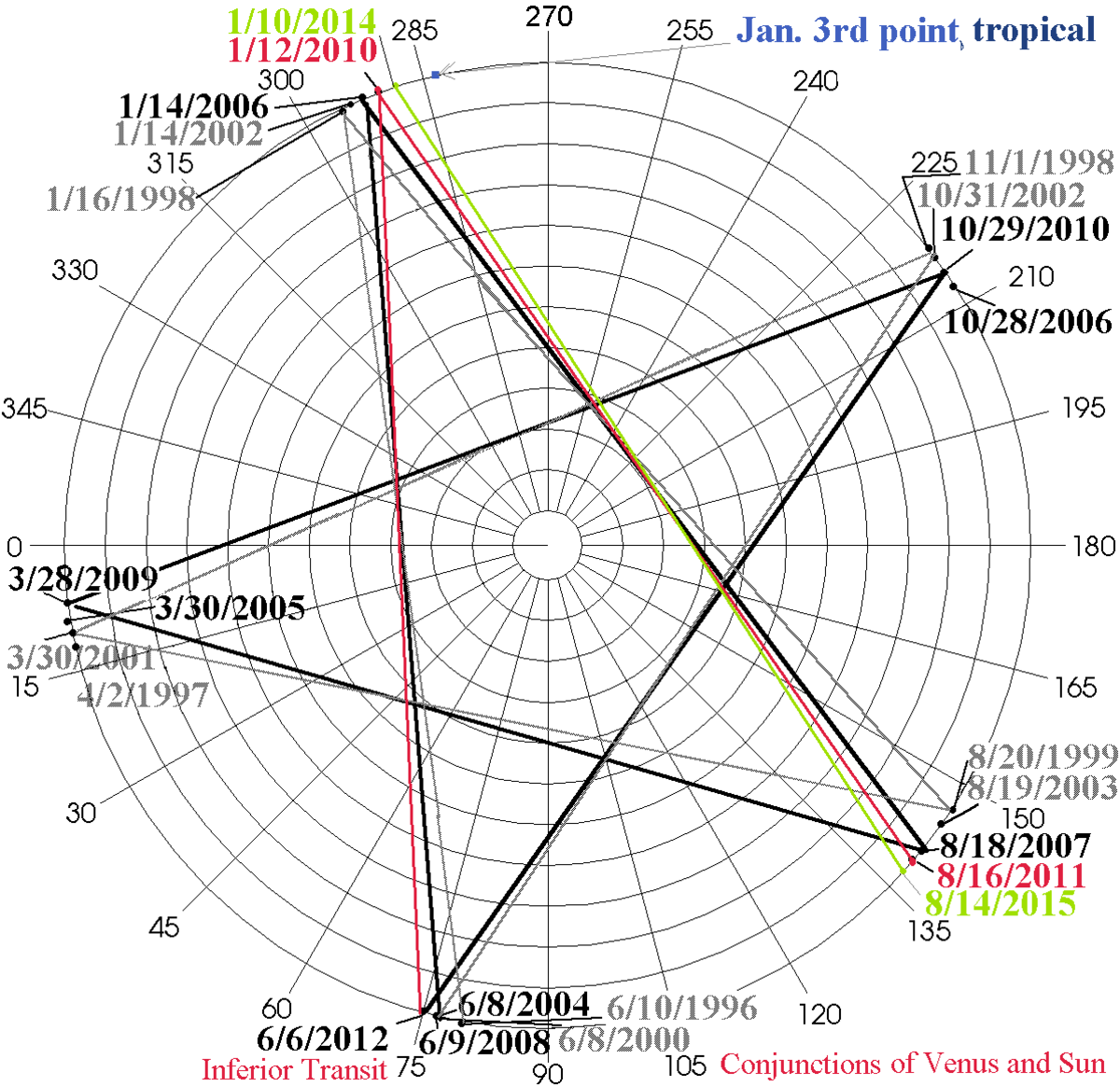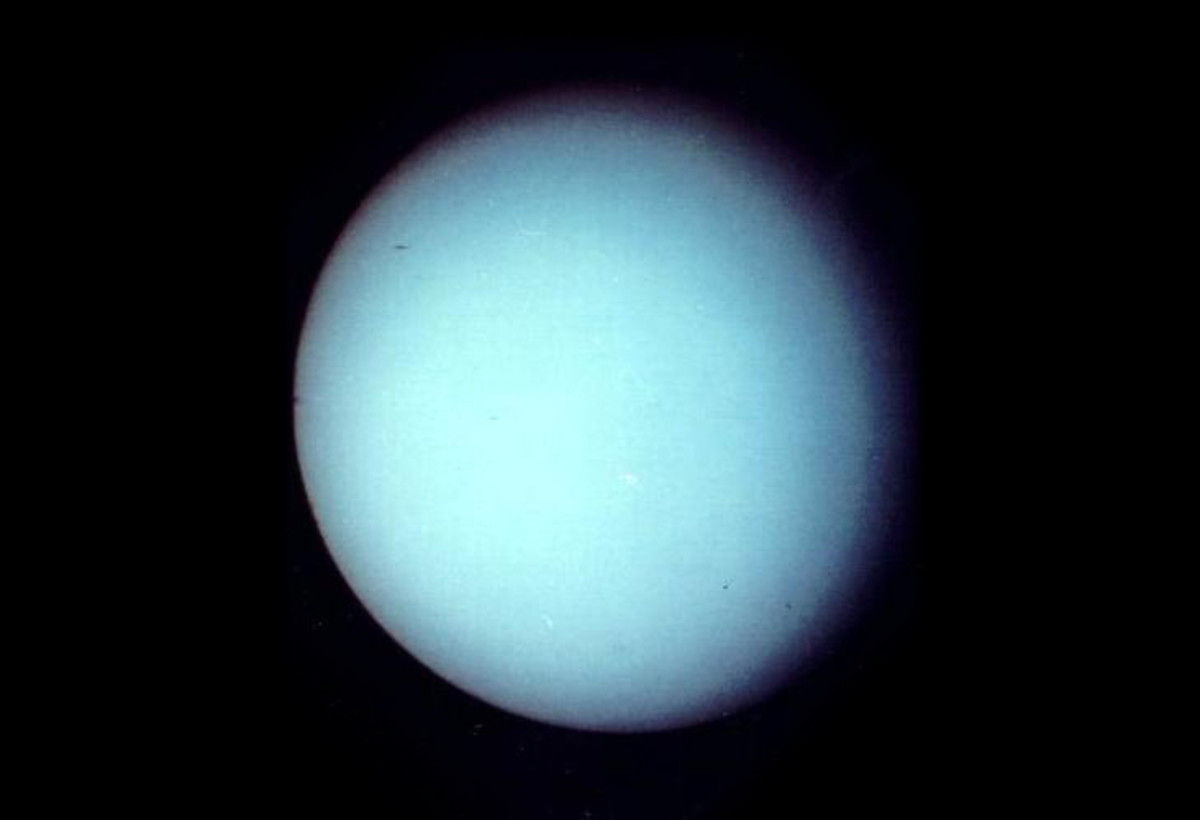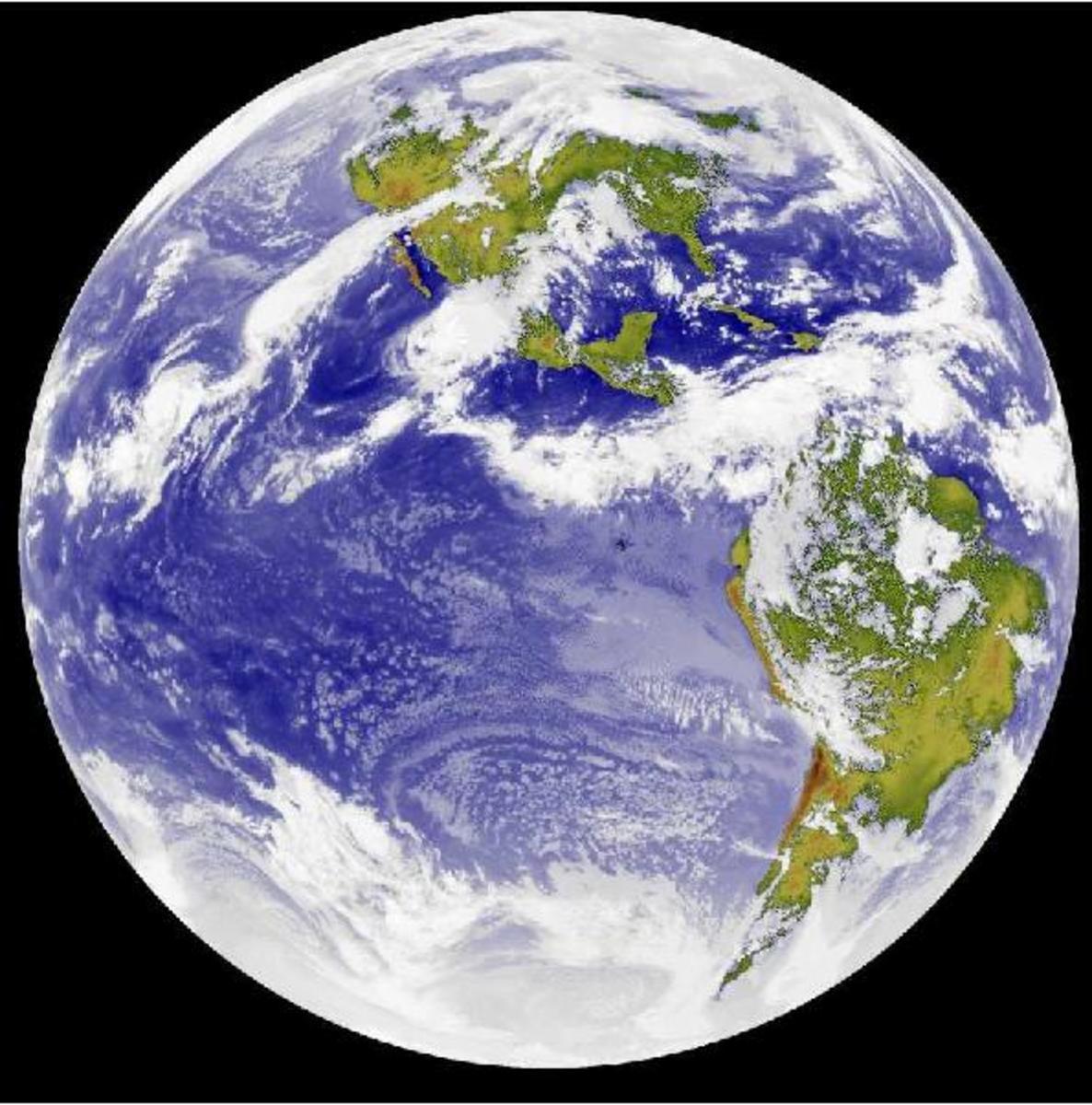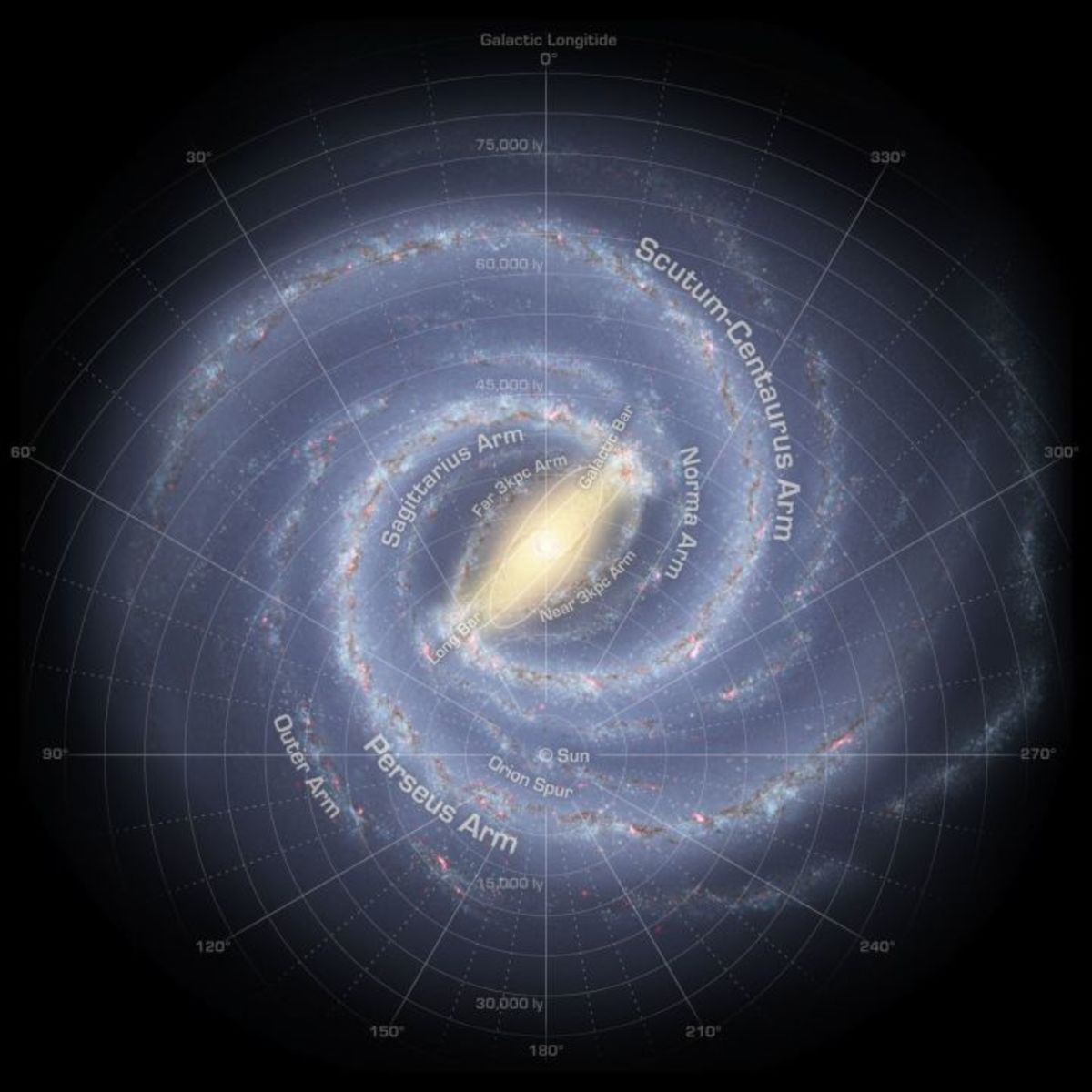Mass of Earth
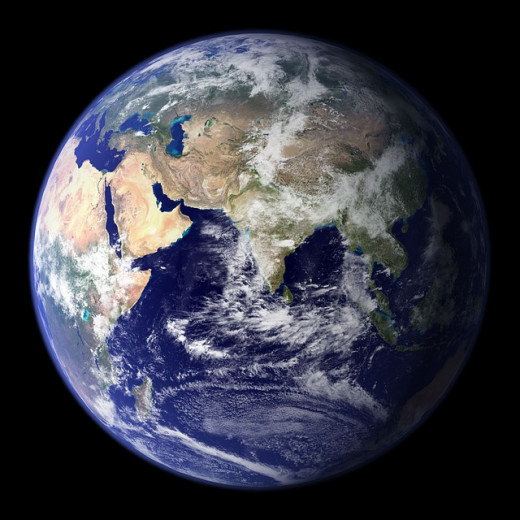
Mass of Earth - What is it?
The short answer: 5.972 x 10^24 kilograms.
The simple answer - The heaviest thing you will ever come in contact with.
Planet earth, as a floating celestial body in space does not displace any other weight. We cannot put it on a scale and measure - we can only estimate the mass of earth based on the weight of the components which make up the planet, and of course - using some scientific logic which has a lot to do with the force of gravity.
How is the Mass of Earth Measured?
The main way to measure the mass of a planet is to look at its gravitational pull on an object. For our purposes, looking at the gravitational pull of one object on another in outer space provides a simple way to measure mass. Fortunately for us, the Earth has an orbital moon which is a perfect subject to use to measure mass.
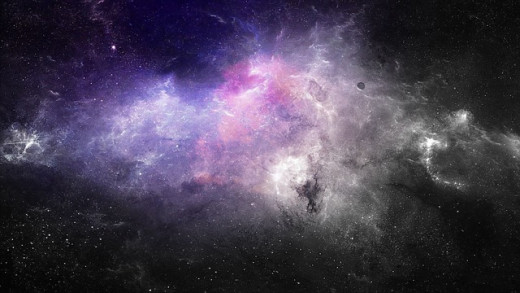
Newton's Law
Going back to Physics class, when we look at Newton's Law, we see that every piece of matter in the Universe attracts every other piece of matter with a force of gravity proportional to its own mass. Yes - that does mean that the things we come in contact with on a daily basis do have their own gravitational force on us, as we ourselves do have on objects around us.
As an object gets larger, the force of its pull on other objects becomes greater. However, even the largest building in the world has a miniscule effect pulling us toward it, but something the size of a planet and even a star has a great ability to pull us with it - and keep us there.
Newton's Law in Action
This law, developed by Isaac Newton states that the force of attraction between two objects is proportional to the product of their masses divided by the square of the distance between their centers of mass.
Knowing the distance between the center of mass of two objects (roughly assuming the center of mass is the center of the planet), we can back in to the mass of the planet by solving the formula for the unknown.
The Universal Gravity Constant
Sometime way back in the 1700's, a guy by the name of Henry Cavendish developed the exact force of gravity between two objects weighing one kilogram each. This is 6.67 x 10^-11 newtons, also known as G. To calculate the mass of the earth, we do the following:
First we determine the gravitational attraction of the moon and earth using this universal constant - denoted G , multiplied by the moon's mass and the earth's mass, divided by the distance between the earth and the moon, squared.
We then need to equate this number to the centripetal force needed to keep the moon orbiting around the earth. This is the moon's mass, multiplied by the square of its speed divided by its distance from the earth.
Equating the two, we can solve for the mass.
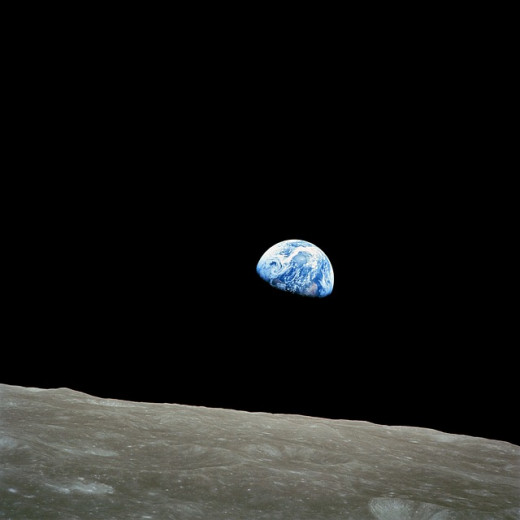
Changing Earth's Mass
Earth's actual mass is not a constant. It is in fact constantly changing, due to a variety of factors - it is primarily decreasing - though very slightly.
Net Increase:
Caused by the addition of cosmic dust and meteorites breaking through the atmosphere. Sunlight and heat from the sun stimulate photosynthesis and other bacteria-driven chemical energy storage, which over time can add mass to the earth.
Net Decrease:
Escape of atmospheric gases and heat are the two most common forms of loss of mass. As the earth loses weight, the gravitational pull on its own atmosphere weakens, and allows more particles to escape.
Earth's Mass wrap-up
Hopefully the last paragraph hasn't left you wondering if one day we'll lose our atmosphere and gasp for oxygen. On the whole, the changing mass of earth takes time - lots of it and any significant change which would cause any problems to our current living conditions are unlikely.
On the other hand, hopefully you have learned a thing or two on the methods of determining the mass of large celestial objects. Our own planet earth is just a spec in the vast open skies of the Universe. There are even greater masses out there which to us, may seem unfathomable to grasp.

